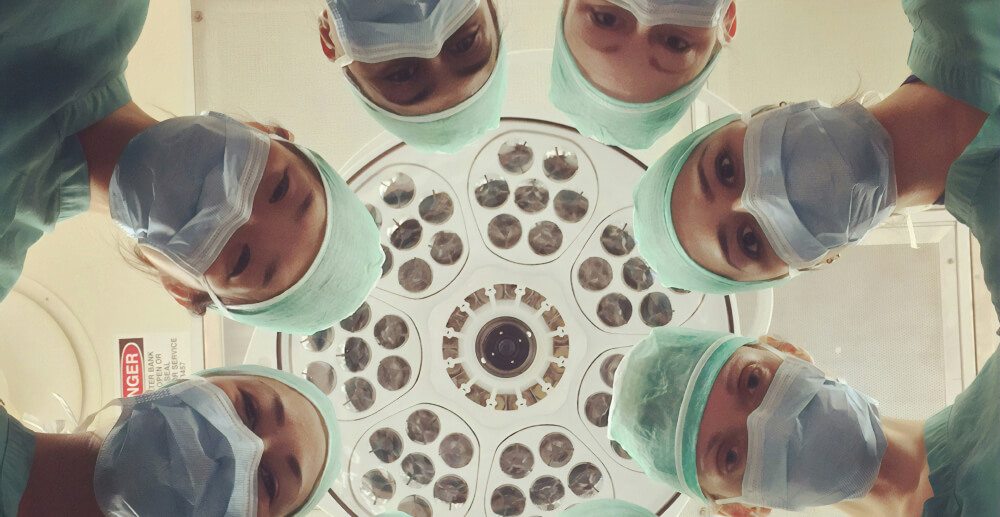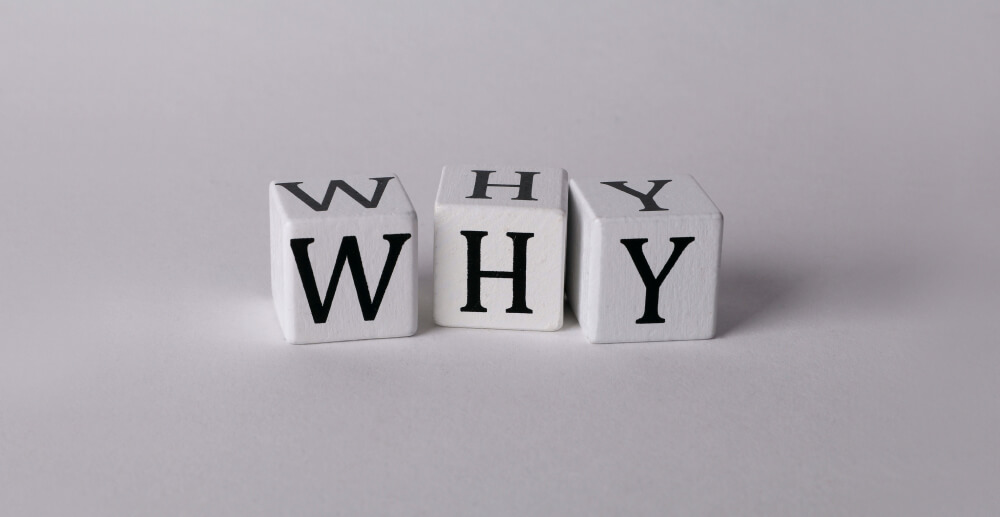““In the universe, there is an immeasurable, indescribable force which shamans call intent, and absolutely everything that exists in the entire cosmos is attached to intent by a connecting link.”
As January 1st rolls around each year, I can’t help but feel a sense of possibility about the year ahead. It’s an opportunity to dream big, plan — I love lists — and think about life changes I want to make. What’s different in recent years is that I’ve stopped making new year’s resolutions and instead focus on intentions. Like many others, I find intentions are more impactful.
The difference between resolutions and intentions
For years, I used to make long lists of predictable new year’s resolutions: lose weight, make it to the gym five times a week, get a new job, etc. I would hang onto this list of outwardly-focused goals for around two months … until I lost interest or got sick of beating myself up for not achieving them. I didn’t understand how to create change until I learned about the flaws in resolutions.
Typically, resolutions focus on a goal that is designed to fix a problem, or a decision not to do something, like stopping eating candy. The problem with resolutions is that they are often:
- too big
- omit the specific steps you’ll take to achieve them
- there is rarely a process of tracking or accountability
- they lack objectivity
Plus, when we slip up in our goal of going to the gym five times a week, we’re more likely to feel like a failure and drop the resolution than to try again the next week. This is why you see a surge of people joining and attending the gym in January, with the numbers returning to normal around the end of February.
On the other hand, intentions are overall goals that can be supported by a range of actions. Wayne Dyer, in his book The Power of Intention: Learning to Co-create Your World Your Way, defines intention as “a strong purpose or aim, accompanied by a determination to produce the desired result.”
Examples of intentions might be:
-
I intend to lead a healthier lifestyle this year by eating more mindfully and moving my body more
-
I intend to honor my needs this year by discerning the right decisions for me. That might mean saying no to anything that does feel right and saying yes to things that feel nurturing and expansive
The key difference that operates intentions from resolutions is the force that accompanies the intention. Embodying an intention leads to nurturing and cultivating the intended goal. This force is what makes intentions more powerful. “You get what you intend to create by being in harmony with the power of intention, which is responsible for all of creation,” says Dyer.
How do people in recovery approach change in the new year?
I asked a few people in recovery whether they set intentions or resolutions, and why. “Intentions are about planting seeds and not forcing outcomes to me,” says Jamie. “Although an intention and a resolve (sankalpa) basically mean the same thing in yoga.”
“I set intentions,” says Laura. “Resolutions are more about the end result. Our intentions are what get us there.”
Kelly learned from her experiences of setting intentions and resolutions and now set specific goals. “I used to do resolutions, then changed to intentions and now I set goals and create action steps to make it happen,” she says. “I’ll review the goals and action steps monthly to see how it is all shaking out and make changes and additions as I see fit. I take stock of the ending year the weekend after the Christmas holiday, then set goals for myself for the coming year. I love transforming into a new year.”
Another popular way people approach change for the year ahead is by selecting a word of the year. You may have seen Artist Tammi Salas refer to this practice. She has chosen words like balance, moderation, dare, grace, and acceptance over the past few years. I especially like the art that accompanies her words.
I love the simplicity of this idea and have adopted the word practice for around five years now. I also enjoy the invitation to get creative and paint or draw my word.
This year my word was intention. My job as a writer involves thinking for a large part of my day, and I commonly live in a space that feels somewhat detached from my body and environment. I lose time, forget to eat, and work through tiredness.
Another unhelpful habit that I’ve become aware of is spending too much time with people who are high-energy and emotionally intense which is really draining to me. I needed to create some boundaries around my energy levels and people’s demands of me.
In an attempt to create more work-life balance, take better care of myself and protect my energy levels, I chose to be more intentional about how I spend my time and how I make decisions. I now take more regular breaks throughout the day to check in with my body, asking how I feel and what I need, and try to honor those needs. I’m also more mindful of how I feel in certain environments and with certain people and make adjustments based on those observations.
I also like to take the opportunity at the end of each year to reflect on my accomplishments. Too often the focus of recovery is on character defects and where we have misstepped. The practice of reviewing accomplishments instead builds self-esteem and takes the focus off the mindset we are broken and defective. It also allows us to realize how much we do and how far we’ve progressed in our recovery.
Take a moment to look back on the year and list everything you’ve accomplished. Did you learn a new skill? Achieve a goal? Maintain a positive habit? Build a relationship? List all of these. I think you’ll be surprised at how much you have to be proud of.
Then dedicate a little time to focusing entirely on writing an intention or selecting a word to guide your year ahead. This could be a little quiet time at the start or end of your day, or it could be a more extensive retreat. One year I headed to a beach house with my best friend and we painted and drew our intentions and took long walks on the beach. It was the best way to get clear on what we wanted to achieve.
Whether you choose a word, intention, or specific goal, I invite you to get curious about the year ahead.




